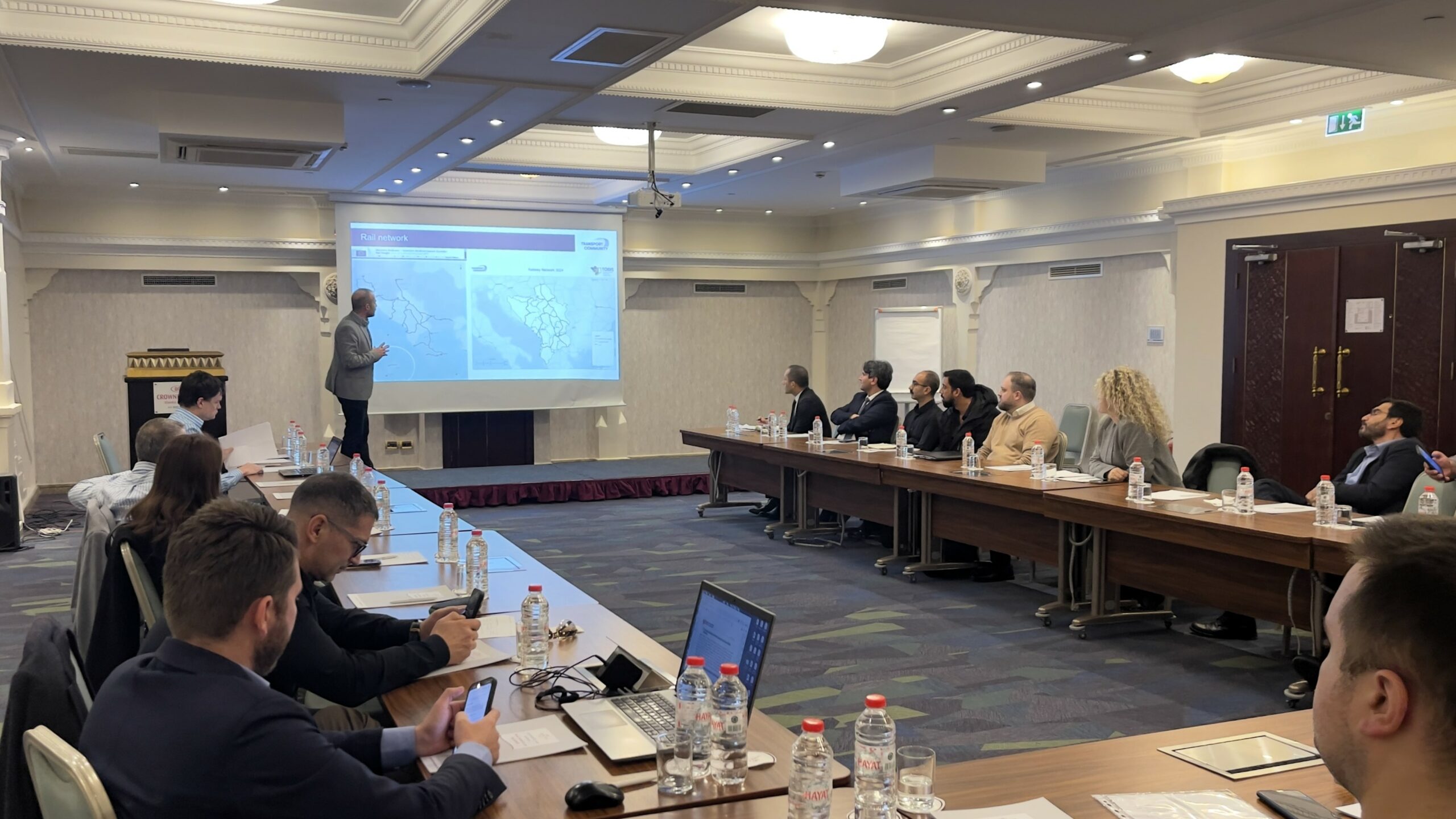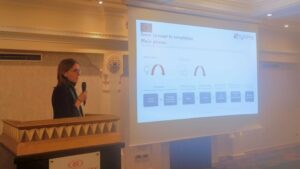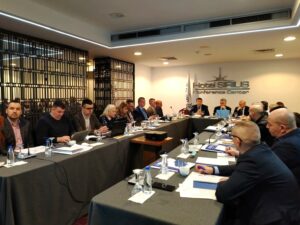ISTANBUL – In a joint effort to boost railway safety and infrastructure development in the Western Balkans, the European Union Agency for Railways and the Permanent Secretariat of the Transport Community organised two trainings in Istanbul on 10-12 December. The events brought together over 50 participants, including representatives from the Western Balkans, Georgia, Moldova, Ukraine, and Turkey.
The first training focused on improving railway safety by empowering National Investigation Bodies (NIBs) and other experts to identify and analyse accident precursors – situations or factors that could lead to undesirable outcomes in railway operations. Participants learned about systematic approaches to collecting and analysing data to better understand system risks and prevent accidents.
Delivered interactively, the training benefited both beginners and seasoned professionals from NIBs, National Safety Authorities, and railway companies. More than 25 participants explored the procedures and competencies required of NIBs, gaining practical knowledge to enhance railway safety across the region.
The second training examined the process of developing and approving new or upgraded railway infrastructure, from the initial design phase to trackside implementation. Experts from ERA, SYStema, and the TCT Secretariat shared insights through case studies, focusing on the challenges and opportunities faced in the Western Balkans.
Attended by over 25 participants, the training highlighted key topics such as project planning, executing high-speed railway projects, and overcoming infrastructure hurdles. Discussions provided valuable solutions to common challenges in railway infrastructure development.
Between the two training sessions, Turkey’s Ministry of Transport organised a technical visit to the Istanbul Metro and the Marmaray Tunnel. Participants toured these facilities and learned about the complexities involved in their development, as well as the lessons drawn from managing such projects.














